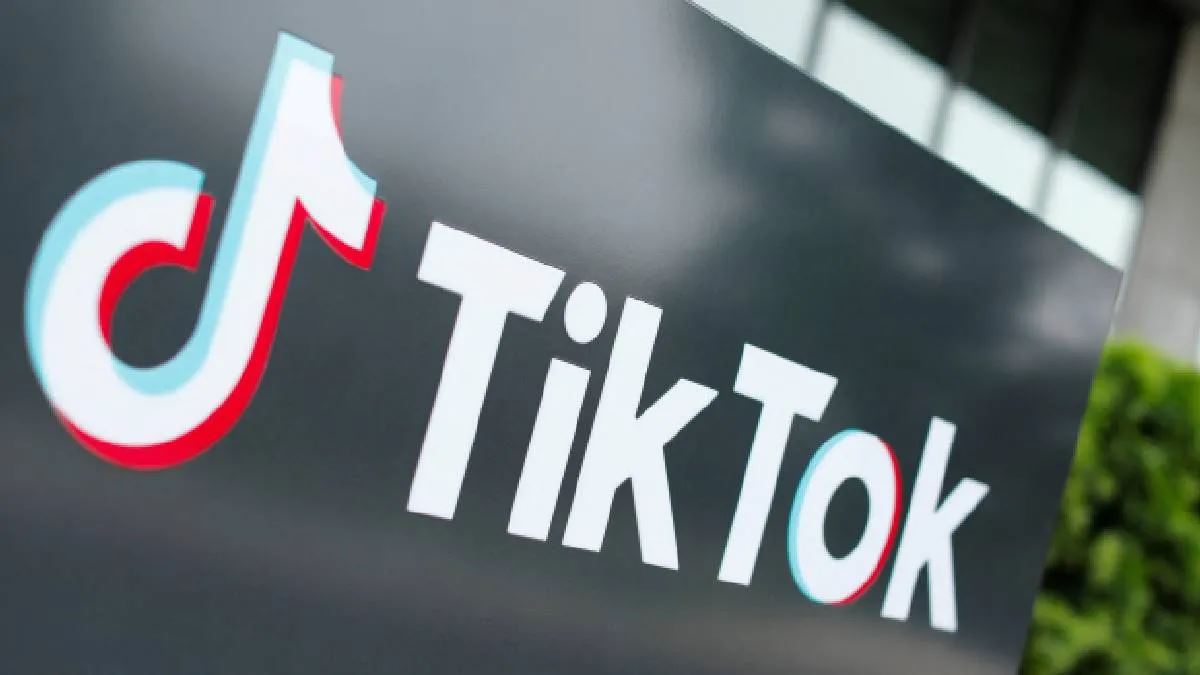We are in an era of data abundance, with an estimated 90% of the world’s data generated in the last two years alone. Leaders have more access to information about the employee experience than ever before; from engagement scores and pulse surveys to productivity metrics. However, having data is not the same as understanding it. The real challenge is developing insights that lead to genuine employee conversations, trust, performance, and retention.
The Limits of Data Alone
Data points can tell leaders what’s happening, but they rarely tell the whole story. A spike in turnover, missed project deadlines, or an increase in absenteeism may reveal patterns, but they don’t uncover the underlying causes. Without context, these numbers risk being static metrics to monitor rather than insights to act upon. When this happens, leaders fall into the trap of reporting outcomes instead of exploring solutions. Employees, meanwhile, can feel reduced to data points rather than participants in shaping change. This results in missed opportunities to improve work culture, employee satisfaction, and even attrition.
AI as a Bridge to Dialogue
Workers are using GenAI in very creative ways to enhance their work processes. However, when it comes to helping leaders close the gap between data and dialogue, it is pivotal to implement specialized AI tools. By analyzing large volumes of feedback and surfacing themes, AI provides clarity that would otherwise be buried in spreadsheets or open-text responses, and can make connections and associations that people generally wouldn’t make. For example, it can accurately connect weather and traffic patterns with an employee’s frustration at work and ultimately search for a new job.
Armed with emotional intelligence insights, leaders are more well equipped with a sharper focus on leveraging these insights to start important conversations. Instead of viewing employees through the lens of abstract statistics, a leader can find the right solutions for employee issues; from adjusting the shift schedule to 1:1 mentoring. The tools can also help identify formal and informal retention strategies; from scheduled meetings to casual kitchen chats.
Building a Culture of Conversation
When leaders consistently use insights to spark dialogue, they reinforce a deeper message: every voice matters. Over time, this builds a culture where feedback is valued, conversations are expected, and employees feel invested in shaping their environment.
The cycle is self-reinforcing. As employees see their input leading to dialogue, and that dialogue leading to visible action, they become more engaged and forthcoming. Data quality improves, conversations become richer, and progress accelerates.
The Way Forward
The future of employee engagement is not about doing endless pulse surveys and minutely monitoring productivity. For example, while largely beneficial, engagement surveys have drawbacks such as providing too much information, taking a snapshot of a moment already past, and decreasing engagement when handled incorrectly. The important thing is to generate the correct data and ensure that it is followed by dialogue where needed. While data provides visibility and focus, dialogue provides meaning and momentum. When leaders embrace both, they move beyond simply measuring engagement to actually improving it through real conversations that create lasting impact.




















